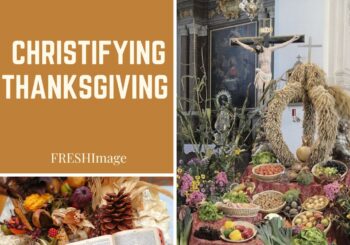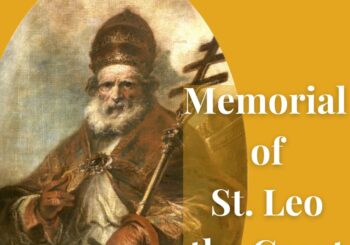
The celebration of Thanksgiving naturally lends itself to being understood by Christians through a Christocentric, or, more to it, Eucharistic lens. The reason for this stems from the straightforward linguistic connection, the English eucharist ...
Read More
Read More

